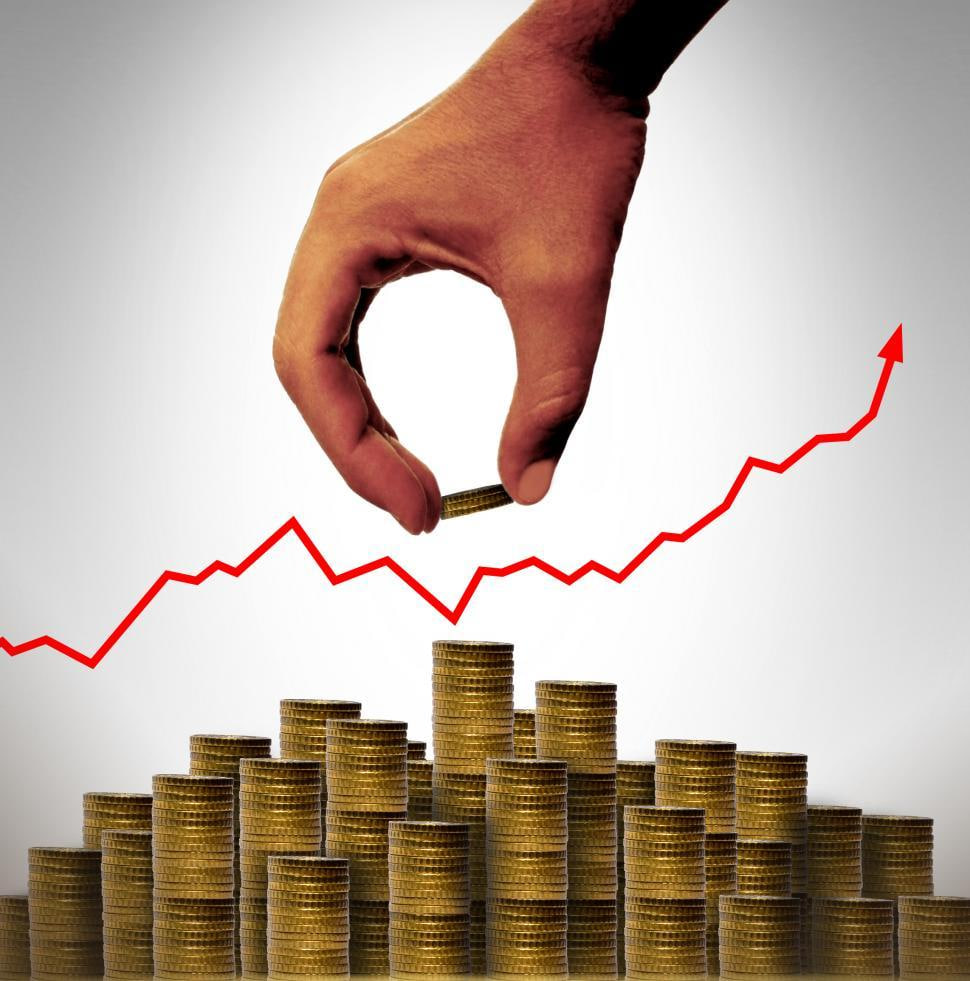Volatility Index Soars: What Does It Mean for Your Portfolio?
Meta Description: The CBOE Volatility Index (VIX) surged today, closing at 38.57, indicating increased market uncertainty. Learn about the VIX, its impact on investors, and how to navigate this volatile market landscape.
引言:
The financial world is a whirlwind of emotions, with fear and greed often driving investor behavior. But there's a powerful indicator that offers a glimpse into the collective anxiety of the market: the CBOE Volatility Index, or VIX. This index, often referred to as the "fear gauge," reflects the market's expectation of future volatility. When the VIX rises, it signifies heightened uncertainty and potential for sharp market swings. Today, the VIX closed at 38.57, a significant increase from the previous day, sending ripples through the investment community.
This surge in the VIX raises an important question: what does this mean for your portfolio? Are you prepared for the potential volatility ahead? This article delves into the intricacies of the VIX, exploring its impact on investors and providing practical insights on navigating this turbulent market landscape.
Understanding the VIX: A Deep Dive into the "Fear Gauge"
The VIX, a cornerstone of market analysis, is calculated using a complex formula that considers the prices of S&P 500 index options. It essentially measures the implied volatility of the index, reflecting investors' expectations about potential price fluctuations over the next 30 days. Think of it as a thermometer gauging the market's temperature.
Here's a breakdown of what the VIX tells us:
- High VIX: A high VIX indicates a period of heightened volatility, suggesting that investors anticipate significant price swings in the near future. This can be triggered by events like geopolitical tensions, economic uncertainty, or negative news headlines.
- Low VIX: A low VIX signifies a period of relative calm and stability. Investors are generally optimistic about the market's future, expecting less volatility.
Impact of the VIX on Investors:
The VIX's influence on investors is multifaceted. Here's how it affects different investment strategies:
-
Equity Investors: A spike in the VIX can spell trouble for equity investors. As volatility increases, stock prices tend to fluctuate more dramatically, exposing portfolios to greater risk. This can lead to short-term losses and a general sense of unease.
-
Options Traders: For options traders, volatility is their bread and butter. A high VIX presents opportunities for profit, as options premiums rise with increased market uncertainty. However, it's important to remember that volatility can also cut both ways, and traders must carefully manage their risk.
-
Fixed Income Investors: While bonds are generally considered less volatile than stocks, a rising VIX can impact bond yields. As investors seek safe havens during periods of uncertainty, bond prices tend to rise, leading to lower yields. This can be particularly challenging for bond investors seeking income.
Navigating Volatility: Practical Strategies for Investors
Now that you understand the VIX's relevance and impact, let's explore practical strategies for navigating the current market environment:
-
Diversify Your Portfolio: Diversification is a cornerstone of any investment strategy, but it becomes even more crucial during periods of high volatility. Spread your investments across different asset classes like stocks, bonds, real estate, and commodities to reduce the impact of any single asset's performance on your overall portfolio.
-
Rebalance Regularly: As market conditions change, your portfolio's asset allocation can become unbalanced. Rebalancing ensures that your investments remain aligned with your risk tolerance and investment goals. This can help mitigate the effects of volatility by adjusting your exposure to different asset classes.
-
Consider Defensive Strategies: During times of uncertainty, it's prudent to consider defensive investment strategies. This could involve investing in low-volatility stocks, defensive sectors like healthcare and consumer staples, or reducing overall market exposure.
-
Stay Informed: Staying informed about current events, economic indicators, and market trends is crucial for making informed investment decisions. Follow reputable financial news sources, consult with financial advisors, and review your portfolio regularly to make necessary adjustments.
Understanding the VIX: A Few FAQs
1. How is the VIX calculated?
The VIX is calculated using a complex formula that considers the prices of S&P 500 index options with a 30-day expiration. It measures the implied volatility of the index, reflecting investors' expectations about potential price fluctuations over the next month.
2. What does a high VIX mean for the market?
A high VIX indicates that investors are expecting significant price swings in the near future. It often reflects periods of uncertainty, fear, and potential market instability.
3. How can I use the VIX to make investment decisions?
The VIX can be a valuable tool for investors, providing insights into market sentiment and potential for volatility. However, it's important to use the VIX in conjunction with other indicators and analysis tools.
4. Is the VIX always an accurate indicator of market volatility?
The VIX can be influenced by factors like market liquidity, option pricing models, and even investor psychology. It's important to remember that the VIX is just one indicator among many and should not be relied upon exclusively.
5. What are some strategies for managing volatility in my portfolio?
Diversifying your portfolio, rebalancing regularly, considering defensive strategies, and staying informed are all crucial for managing volatility effectively.
6. Where can I find the latest VIX data?
You can find real-time VIX data on financial websites like Yahoo Finance, Bloomberg, and the CBOE website.
Conclusion:
The VIX is a powerful indicator of market sentiment and an essential tool for navigating volatility. By understanding its nuances and incorporating it into your investment strategy, you can make informed decisions and manage risk effectively. Remember that the market is always in flux, and the VIX is just one piece of the puzzle. Stay informed, be adaptable, and navigate this dynamic landscape with confidence.



